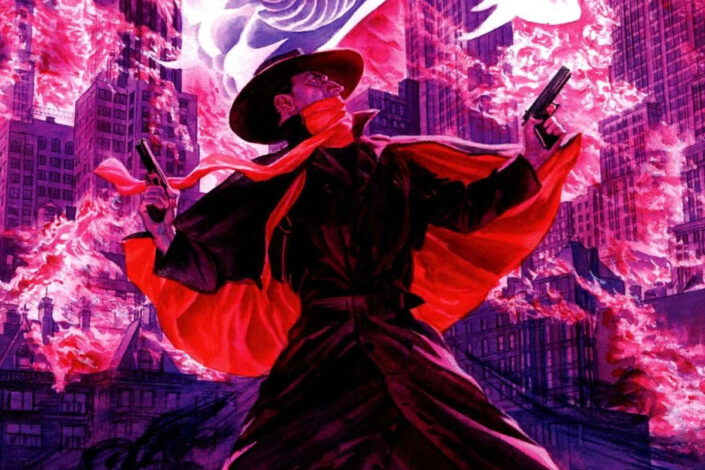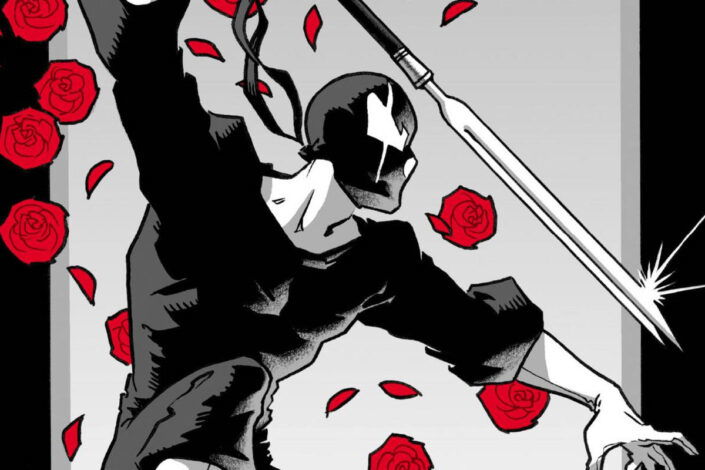The Goon Reading Order

Making his first official appearance in 1998 in the pages of Avatar Illustrated, The Goon has since moved to other publishers (going back and forth between Albatross Funnybooks and Dark Horse Comics), completed a full run, had a few one-shots, a graphic novel, and eventually came back for a new run. It certainly is a tumultuous adventure in comics publishing, but it’s nothing compared to the craziness of The Goon and Franky’s daily life!
We first meet The Goon when he is working as an enforcer for a gangster named Labrazio. He is a hulking, rough-edged enforcer with a tragic past who runs his operation by collecting money, killing deadbeats and generally being violent, with the help of his best friend and foul-mouthed, wisecracking (and equally violent) sidekick, Franky.
We are in Lonely Street, a crumbling American town filled with zombies, mutant creatures, ghostly priests, fishmen, mad scientists, hobos, and monstrous babies, a grotesque caricature of 1930s-50s pulp Americana, with everything from dingy alleys to dilapidated carnivals.
The Goon and Franky must deal with any sort of craziness, taking us on a journey going from absurd comedy one day to grim tragedy the other. It’s a very violent life and, even drawn in a gorgeously painted and cartoonish manner, it’s a gory one, a dark comedy with a sad heart and an affinity for anarchy, mixing noir-style crime fiction, horror, slapstick humor, and supernatural. Definitely, it’s for a mature audience.








